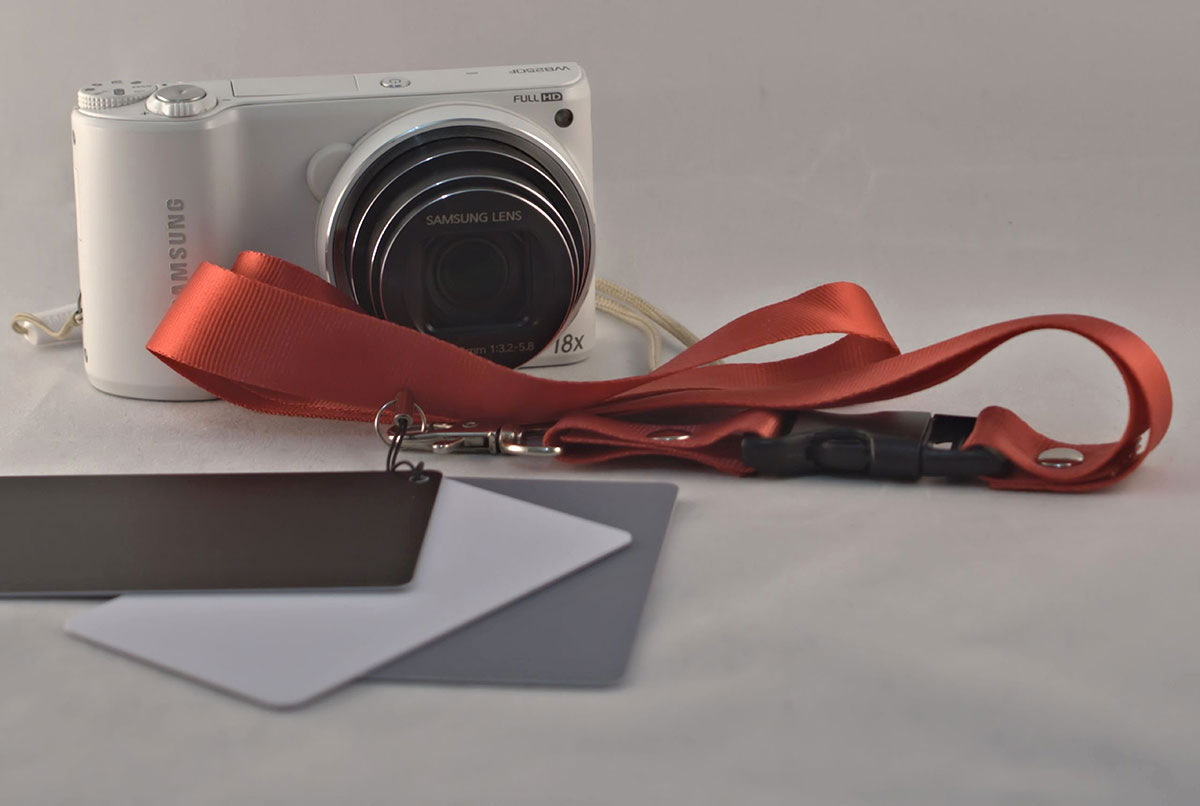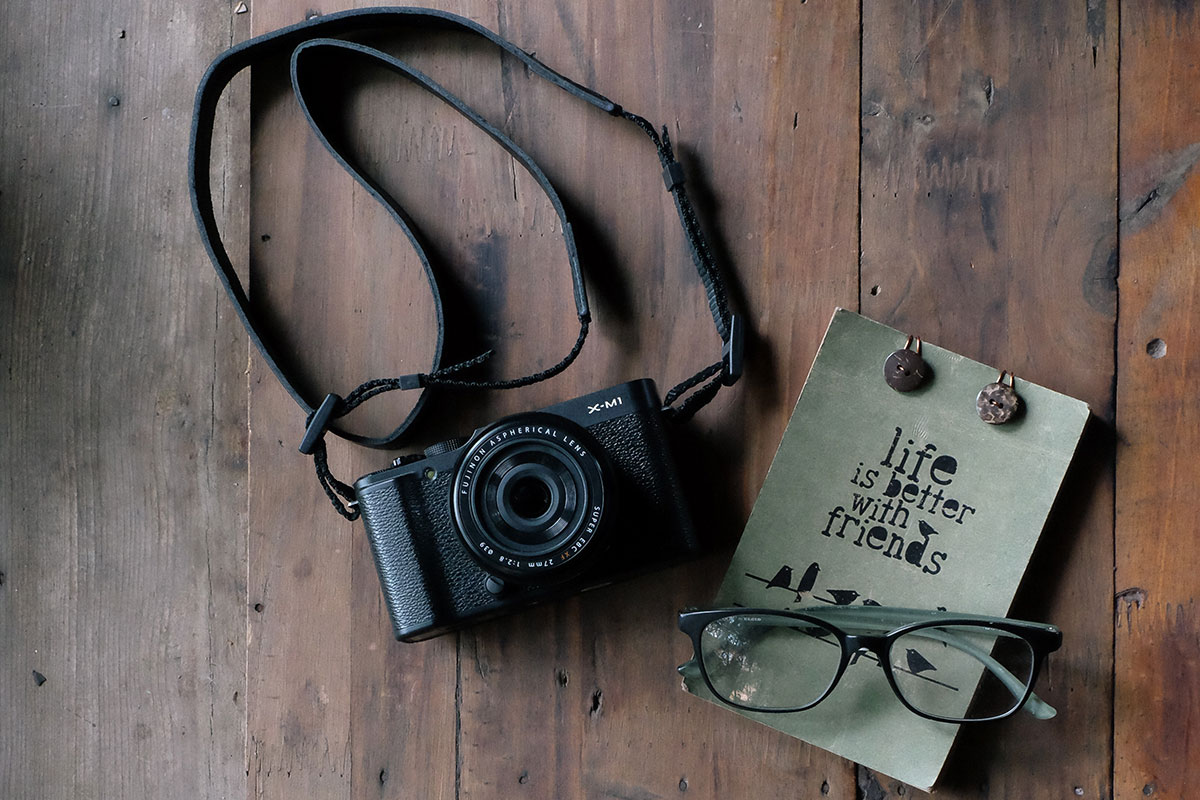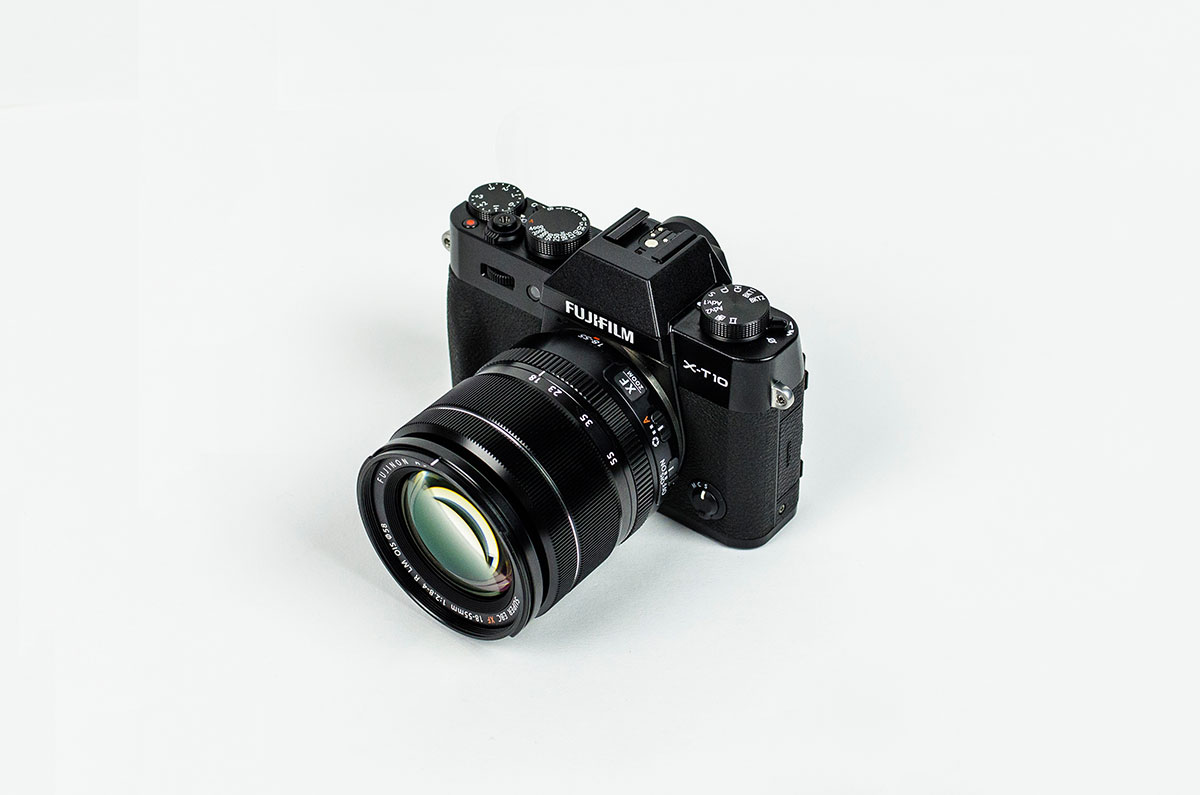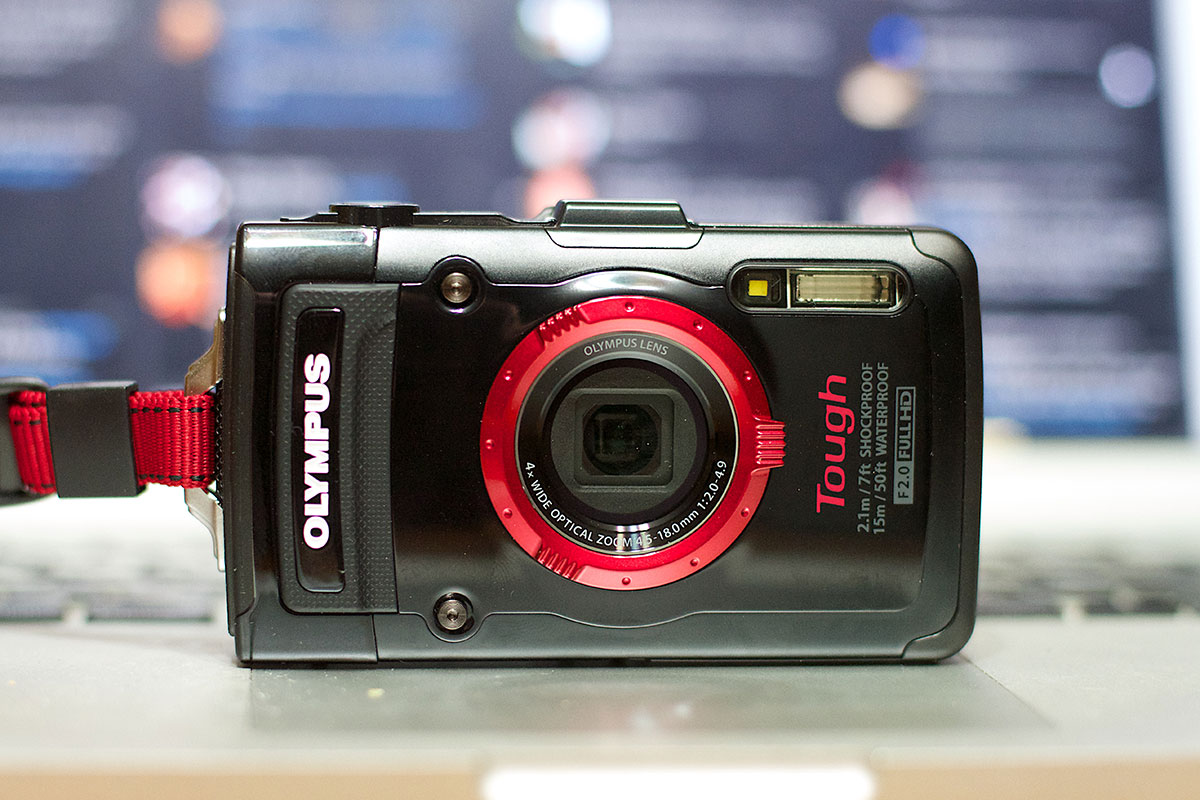So you’ve committed to the ‘Big Lap’, finally made the conscious decision to tick-off the bucket list…
Drafted an itinerary that will take you anywhere from the ‘spiritual heart of Australia’ in the Red Centre or the authentic and ancient tapestry of the Top End in the Northern Territory, to the natural paradise of Queensland’s Fraser Coast or the Great Barrier Reef and Daintree Rainforest in the Tropical North.
Perhaps your travel whim is the timeless landscape of the Flinders Ranges or the thrill-seeking playgrounds of the Fleurieu Peninsula in South Australia. And maybe the unique wilderness of the Kimberley or the ancient natural landscapes of the Pilbara in Western Australia.
Surely Tasmania beckons – scenic coastal drives in the East or simply admiring the rural charm of the Huon Valley in the South. But the exploration doesn’t end there!

New South Wales has the Siren-like Snowy Mountains region and the mighty Murray River calling, while Victoria’s rugged Shipwreck Coast and renowned Alpine villages in the High Country are must-dos.
It’s a perennial dream of grey nomads the breadth and depth of this vast brown land. And no doubt you’ll acquire many memories along the journey.
Can you picture yourself (so to speak) in such iconic locales? Well, a lasting way to reminisce is to take a trusty compact travel camera along for the ride.
Smartphones have had a significant impact on these pocket-sized point-and-shoot models, but now they’re striking back with advanced features such as increased zoom ranges, bigger sensors and WiFi connectivity. Subsequently the latest compact travel cameras are ideal for the intrepid holidaymaker.
Here, we ‘zoom in’ (if you’ll excuse the pun) on the best-of-the-best in the travel camera genre; and provide some tips on what to look for when buying, and how to get the best out of your compact camera:
CARAVAN WORLD’S CAMERA BUYING ADVICE.

For decades, the domain of the mirrorless camera set-up was occupied solely by Leica. But as anyone with even a passing interest in photography will know, you’ll need to sell your car or a kidney to free up the dosh needed for a Leica. Things all changed about six or seven years ago when brands such as FujiFilm, Olympus and Sony started knocking out mirrorless cameras and lenses that produce professional results that, as an added bonus, keep you off public transport and let you retain both kidneys after you’ve bought one.
What is mirrorless?

Most people recognise any camera with interchanable lens options as a standard SLR configuration. SLR stands for single lens reflex, referencing the complicated array of mirrors positioned inside the camera housing that focus light onto a photo-receptive digital chip. A mirrorless system does away with the array of internal mirrors and instead focusses light through the lens straight onto the digital chip.
Doing away with the internal mirrors means manufacturers can quite drastically reduce the size of the camera housing making the mirrorless system a very portable product. The end result is a very unassuming yet powerful and adaptable photo-making product that, these days, is also affordable.
So, before you consider dropping your hard-earned coin on a compact camera, consider spending just a few hudred bucks more for a mirrorless camera that’ll give you a lot more range with your photo taking options, is lightweight and compact, and will most likely offer many years of service.
Stills and video image quality

Pretty much all modern cameras — compact, mirrorless or SLR — feature both video and still image capture functionality. The buzz spec in video is 4K, which refers to the quality of the video resolution output. Basically this is determined by the size of the photo-receptive chip inside the camera.
To keep things brief, with 4k output, you’re assured of great quality output onto a large HD screen. So, if you’re keen on recording video with your camera to show at home on your large screen HD TV, consider 4k as a required spec. If not, and you just wish to take still pics and perhaps upload the odd video to social media, 4K output functionality isn’t an important attribute.
Similarly, the size of the photo-receptive chip correlates to the output resolution ability of still images. For instance, a standard mobile phone has a small chip inside so the resolution density of images it produces are many orders of magnitude less than a ‘full frame’ mirrorless or SLR camera set-up. Of course a ‘full-frame’ sized photo-receptive chip is many orders of magnitude pricier than that of a smaller chip housed inside a compact camera.
Full frame cameras are usually marketed as ‘professional’ set-ups and unless you’re considering taking up photography as a serious hobby, you’re probably not going to want to outlay the dosh for one.
So what size chip?

Do some research based on the type of output you want for your photos. If you wish to print your photos and perhaps enlarge them, consider investing in a camera with a larger phto-receptive chip size. If you’re simply interested in viewing and sharing your photos online, you’ll not need to worry too much on a large chip size. But, all said and done, it is better to keep your options open.
Basically, just remember that printing your pics without pixelisation or other poor quality output issues requires a significantly larger digital file than if simply viewing on your computer screen. If you want to print your pics, you’ll have to ensure your raw digital file size is large enough — at least 4MB per image file for a standard print-photo sized print out. Of course, the bigger the file size, the better the quality of the print output, but 4MB will give you a half decent result, suitable for the family album.
Happy shooting!
Panasonic Lumix TZ100: Panasonic has packed a bigger sensor into its premium,and powerful, travel camera. The end result is better quality photos; in fact 2.4x bigger pixels than the Lumix TZ70. You also get an electronic viewfinder, which comes in handy in bright light, 4K video recording and 4K Photo mode.
Pros: 1-inch type sensor; 4K movies.
Cons: Limited 10x zoom lens; no touchscreen.
Panasonic Lumix TZ70: The Mesopotamians supposedly invented the wheel, but there’s no doubting that Panasonic invented the big-zoom travel camera. The TZ70 just may be the best of its bunch in this category. Dubbed the “Swiss Army Knife”, it can shoot raw files, boasts a 30x zoom, and comprises auto and manual controls.
Pros: Electronic viewfinder; manual controls and raw.
Cons: No touchscreen; not cheap.
Sony Cyber-shot HX90V: The ‘glaring’ attributes of the HX90V are a pop-up electronic viewfinder and a 180-degree tilting screen – shining lights over LCD screens that succumb to glare. Additionally, it comes with a built-in GPS receiver which implants the location of your photographic material.
Pros: Tilting screen; GPS built in.
Cons: Can’t shoot raw; tricky pull-up viewfinder.
Panasonic Lumix TZ90: There’s a certain swagger about this new kid on the block, considering its raft of features; however it comes at a cost. It’ll put a smile on the dial of discerning shutterbugs who demand 4K video capture and a touchscreen interface (particularly those with a selfie fetish). On the flipside, an increased resolution (12MP to 20MP) has resulted in reduced image quality in low light.
Pros: Great set of features; touchscreen.
Cons: Image smoothing at high ISOs; loss of detail at end of zoom.
Canon PowerShot SX730 HS: The well-built SX730 HS offers an excellent zoom range, but it is found wanting in terms of the LCD touch sensitivity, 4K video and viewfinder stakes. Okay, it does go about its business with an operational minimum of fuss, but that’s about where it ends.
Pros: Excellent zoom range; sturdy build quality.
Cons: No viewfinder; LCD not touch sensitive.
Canon PowerShot SX710 HS: Steven Spielberg eat your heart out! The SX710 HS is a travel camera-cum-movie maker with a difference… Let us explain. It offers movie options, including Full HD at 60p and a Hybrid Auto mode that takes stills and movies. So what are you waiting for? Close Encounters of the ‘Fourth’ Kind awaits!
Pros: 30x optical zoom; interesting movie options.
Cons: Doesn’t shoot raw files; no viewfinder.
Nikon Coolpix A900: Now this is one ‘Cool’ customer… Slim in size but big on zoom, the A900 is also vox pop with a vari-angle screen and SnapBridge WiFi system. Its image quality is not award-winning, but this travel zoom compact provides bang for your buck.
Pros: Slim but solid feel; vari-angle screen.
Cons: Average quality; no viewfinder.
MEET THE AUTHOR
Peter Quilty
With more than 30 years’ journalistic experience, Peter’s brief predominantly centres on editorial reviews for Caravan World and CamperTrailer Australia magazines.
A relative late starter to the trials and tribulations of the RV industry, Peter has been making up for lost time caravanning and camping with his family around Victoria. Initially, Gippsland was the primary stamping ground free camping in idyllic bush settings such as Dargo and Licola, beside the Wonnangatta and Macalister rivers respectively. Other favourite haunts also became ensconced on the family camping itinerary – Jamieson in Victoria’s High Country, Whitfield in the King Valley, Princetown on the Great Ocean Road, and Bright in the Ovens Valley.





